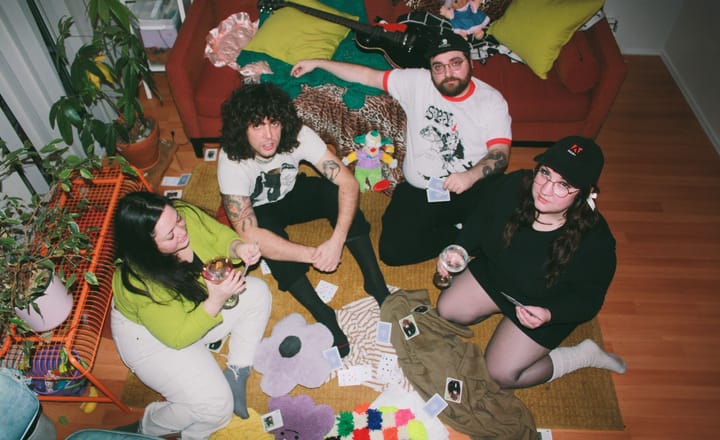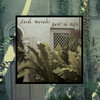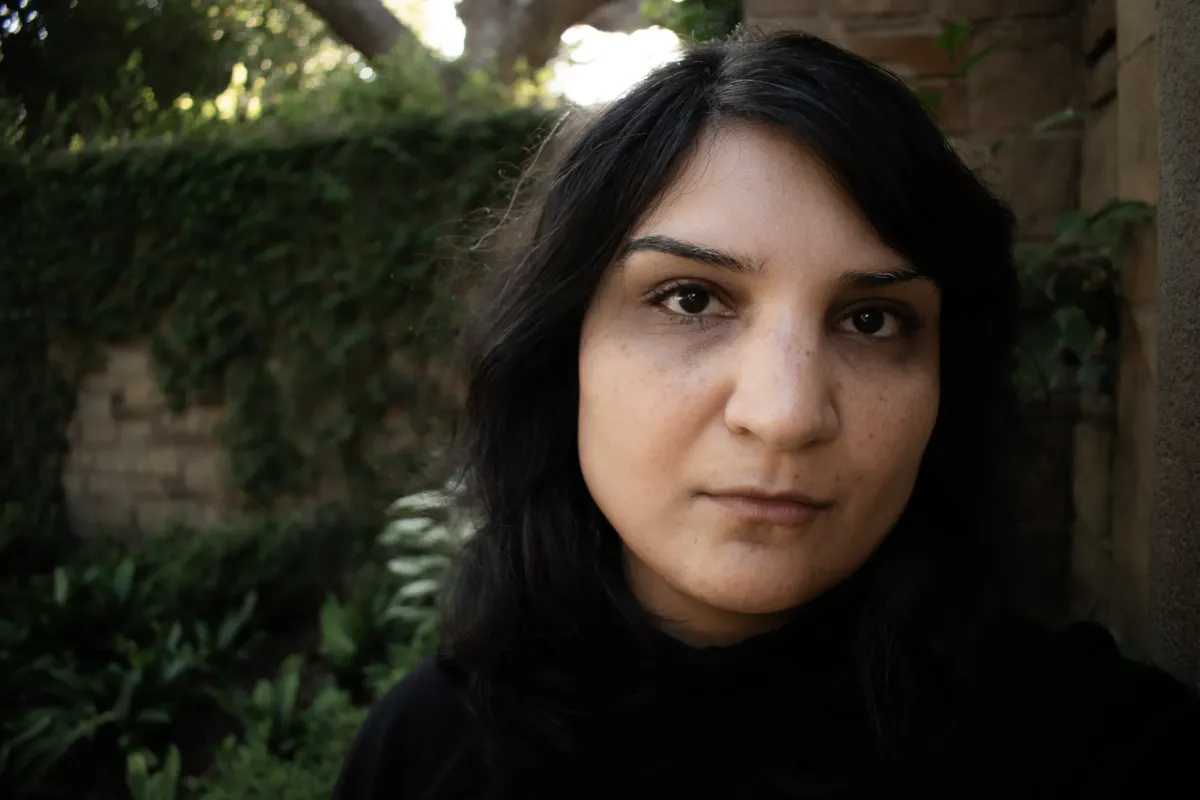
Quietly Brutal: Learning to Listen with Sarah Davachi
“We were now in that enchanted calm which they say lurks at the heart of every commotion”
– Herman Melville, Moby Dick
“January felt like five years,” laughs Canadian electroacoustic composer Sarah Davachi with a sigh.
The Los Angeles resident’s home was close to the Eaton fire, which raged for 24 days at the beginning of 2025 before finally being contained, thanks to the efforts of firefighters and a welcome spout of rain. U.S. President Donald Trump was also inaugurated during that period for his second term—and it feels as though there has been a new, destabilizing announcement arriving daily ever since.
Though the world seems especially noisy these days, Davachi’s creativity has always pushed her to resist the impulse to compete by slowing down and listening.
“When I sit down to make music, it always comes back to just really wanting to slow things down and focus on what’s going on,” she explains. “I feel like there’s a trend of if you want people to pay attention, it has to be loud and be really in-your-face. And I’ve always felt, and increasingly more so, that I try to go in the opposite direction—being quiet and delicate and just really brutal in that way.”
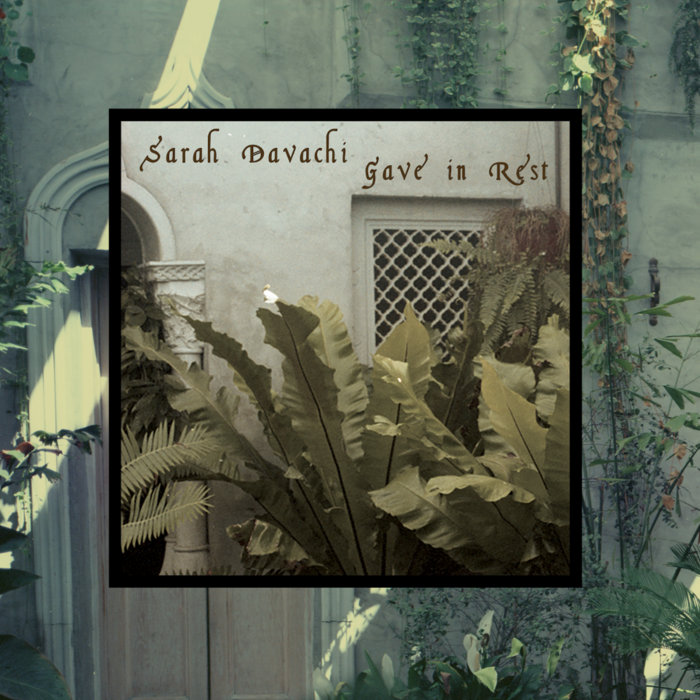
Across 11 albums and even more compilations, live albums, collaborations, and commissions, Davachi has set her work apart through her unique exploration of rich harmonic textures and slowly evolving timbres. As a skilled keyboard player, she’s just as likely to turn to a vintage EMS Synthi 100 as she is a Clavichord from the 14th century, oftentimes on the same record. For her, each instrument has its own personality—something that can really shine in a chorus of other voices, even if on paper it seems like an unconventional pairing that falls outside of time. Just don’t call her music “ambient.”
“It’s not that I don’t like being associated with that musical style; I just don’t think of my music as being ambient—by definition background music that maybe comes and goes, and you don’t have to pay attention to it,” she says. “To me, when people see it that way, I feel like they’re missing the point. I want my music to be listened to. It’s very much an engaged experience, not a detached, ‘Oh, it’s there or it’s not there’ kind of experience.”
On the surface, Davachi’s music might not seem like it’s meant to inspire connection or engagement because it is challenging by design. Similarly, the life of a solo artist can be very insular and isolated, especially for someone as fiercely independent as the self-described “control freak.”
She is involved in every step of her music: writing, recording, mixing, designing album sleeves, and releasing it all via her own Warp Records imprint, Late Music. Even the mastering of all her records is done by someone she has a close relationship and trust with, her husband Sean McCann.
Yet in spite of the independence that drives Davachi’s music from conception to release, the music she makes and the perspective behind it are deeply relational at their root.
“It’s an interesting question to think about who the listener is, or what the role of the listener means,” she explains. “As a composer, there’s an element of listening that’s important. And especially as a performer, listening and performing go hand in hand.”
Cultivating a listening practice is essential to Davachi’s work. She often cites early piano lessons she took while growing up in Calgary as her first expression of this desire, sitting behind the keyboard, hanging on a chord she found while playing a Chopin piece rather than moving on and following the score she was supposed to be learning.
“Then as I started to switch from the piano to instruments like the organ and the synthesizer, which by their nature allow you to listen to sound for longer, I remember being really fascinated by playing a chord on an organ and listening to what was happening in that moment,” she recalls.
Following the path of fellow Canadian composers like Martin Bartlett, Davachi went to Oakland, California to study at Mills College, which she credits with formalizing her instincts and giving her a way of articulating precisely what she was thinking about. American electroacoustic composer Pauline Oliveros was one of the original members of the San Francisco Tape Music Center at Mills and served as its director. While there, the composer and accordionist developed the idea of “deep listening,” which distinguishes between hearing—a passive, physiological act—and listening, which isan active, engaged process. She describes listening as an expanded awareness that includes both the self and the environment, inherently positioning it as relational.
In the introduction to Oliveros’ 2005 guide Deep Listening: A Composer’s Song Practice, she recounts how her own development of the method began intuitively, much like Davachi’s approach: “I started to sing and play long tones, and to listen and observe how these tones affected me mentally and physically […] Prolonged practice brought about a heightened state of awareness that gave me a sense of well-being.”
Oliveros wanted to further her understanding of and relationship to listening as a musical practice because she felt like musicians from the classical idiom were not actually listening to the music they were playing. Davachi orients her compositional work from the same point of view—especially when it comes to her commissioned chamber work, which finds the composer having to let go of the level of precision and control she reserves for her recorded electroacoustic work.
“Growing up in the sort of classical tradition around that way of interacting with music, a lot of it is performing in a way where you’re playing the music that’s written in front of you. Maybe you’re thinking about something else; you’re not even thinking about the music ’cause you’ve practiced it a million times and it’s just motor memory. And then it’s done,” she explains. “I just felt like that was such a weird way of interacting with sound.”
Davachi also credits Mills with giving her a better understanding of how her music fit within the scope of minimalist music, which she already had an appreciation for. Her latest release, 2025’s Basse Brevis (Shelter Press), is a recording of the work commissioned by Radio France and Ina GRM, which is dedicated to American minimalist Steve Reich.

Davachi wrote and recorded all of the parts for Basse Bevis herself—but oftentimes with her commissioned work, where she’s writing music for others to perform, that can’t always be the case. She describes finding her way with new keyboard instruments as an almost instinctual practice, with the keys themselves being a common language for discovering an instrument’s quirks and voice. When it comes to working with instruments that aren’t keyboard-based, and which she doesn’t typically play, the level of control she’s used to having goes out the door.
“I’ve learned very early on that as a composer, not only are you allowed to take a bit of a step back, but it can be very beneficial to take a step back and just write what you have in mind,” she says. “And then it’s up to the performers to figure out how that can be articulated and to figure out what’s possible. I’ve had a lot of really useful exchanges with players, sort of just seeing what they can do, and learning how to then write that in and understand it in a sort of dialogic way, which is nice.”
Last year, Davachi was commissioned to write a piece for viola and an instrument called the telescopic aulos, a modern version of an ancient Greek wind instrument. Created by Brussels-based musician Lukas De Clerck, it resembles a kind of double flute but employs a reed, giving it more of the characteristic of an oboe. As an ancient instrument given a modern update, the telescopic aulos has a lot of unknown factors that Davachi couldn’t anticipate.
“There was nowhere that I could go and try to learn about it. I had to completely rely on talking to [De Clerck] and working with him and seeing what he could do,” she says. “In terms of the notational side of it, there was no precedent really for how to write for an instrument like that.”
Not only is listening the creative spark to her writing, but Davachi intentionally structures her choral pieces in such a way that they can always be recognized as the same composition, but have a flexibility to them that leaves space to the players to make decisions about the moment-to-moment structure of certain elements, such as the harmonies. Rather than being prescriptive about playing a certain note at a specific time, Davachi provides a choice to, for example, play one of two notes within a certain timeframe.
“All of the players are given the same flexibility,” she says. “So the reason I do it that way is so that when you’re playing, you actually have to listen to what’s going on. It is forcing the player to listen to what’s going on and to make a decision in real time. Compositionally, it’s interesting to write pieces that have this sort of iterative quality to them.”
At its core, Sarah Davachi’s music is an ongoing dialogue—between past and present, composer and performer, instrument and environment. Her commitment to listening and slow, intentional sound-making resists the chaos of the world around her—not cowering from it but offering instead a space for engagement and contemplation.
Whether shaping the delicate textures of an electroacoustic composition or allowing performers the agency to interpret her notations, she challenges both herself and her listeners to be fully present. In a time when competition for our attention is persistent and growing louder, Davachi’s work stands as a quiet, radical insistence on paying attention.
“A lot of being involved in music is, for me, a constant seeing of how things connect and seeing how things relate to one another and move from one to the other,” she notes. “You’re always kind of searching for something, and it’s more about the search than whether you ever actually arrive at the thing that you wanted to do.”
Read more
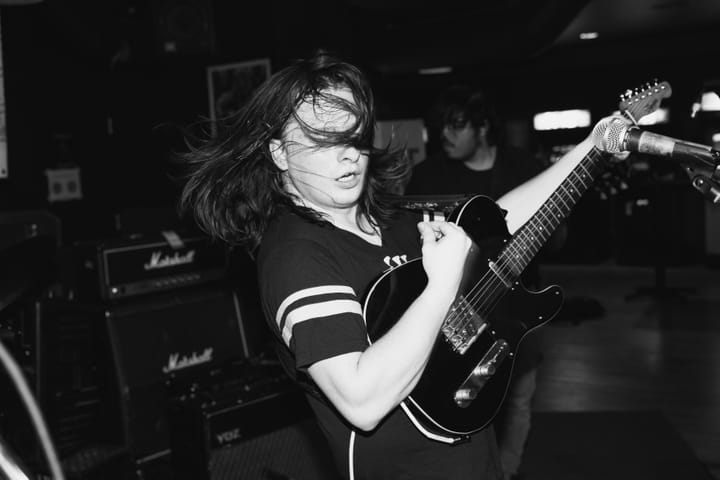
Sentries: Multifaceted Noise Rock
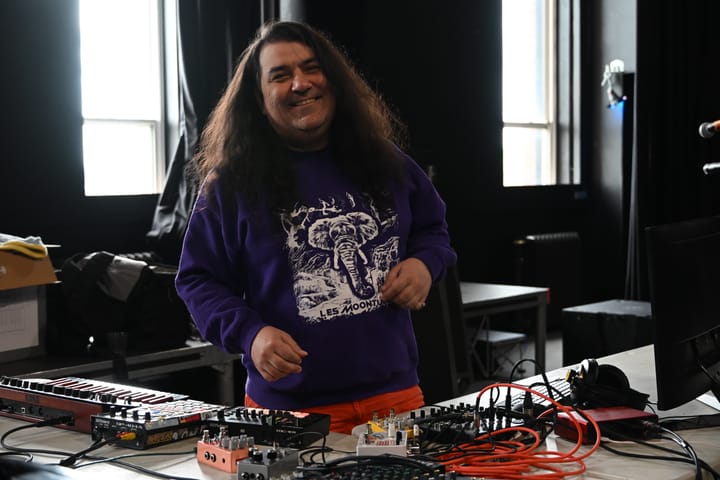
Step Into Little Stone Crow's World
